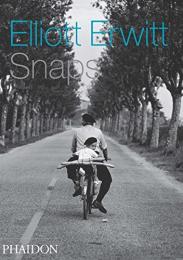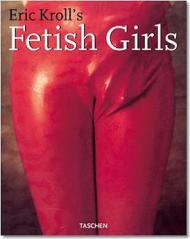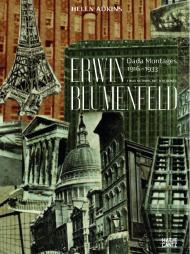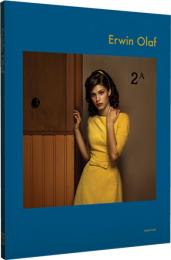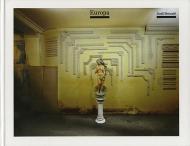One of the leading photographers of his generation, Elliott Erwitt (b.1928) has been taking pictures since the late 1940s. A member of the prestigious Magnum agency since 1954, he has photographed all over the world and his images have been the subject of many books and exhibitions.
Containing over 500 pictures, over half of which have never been published before, Elliott Erwitt Snaps is a unique and comprehensive survey of his work. From famous images such as Nikita Khrushchev and Richard Nixon arguing in Moscow in 1959 and Marilyn Monroe with the cast of the movie The Misfits, to his many more personal images of places, things, people and animals, Erwitt's unmistakable, often witty, style gives us a snapshot of the famous and the ordinary, the strange and the mundane over a period of more than half a century, through the lens of one of the period's finest image-makers.
The book is arranged in nine chapters, each with a one-word title: Look, Move, Play, Read, Rest, Touch, Tell, Point, Stand. For Erwitt, whose photography is a study and celebration of life, these are the basic actions of life - the things people do. The photographs are not intended to illustrate the words, but the words act as a means of grouping and organizing, making broad connections and also playing with pun and ambiguity, in keeping with the visual games Erwitt plays.
About the Author:
One of the greatest image makers of his generation, Elliott Erwitt (b.1928) describes himself as 'a professional photographer by trade and an amateur photographer by vocation.' A member of Magnum since 1954, his camera has taken him all over the globe and his pictures have been the subject of many books and exhibitions worldwide. Artist and documenter, his work spans many traditions, subjects and approaches to photography.
